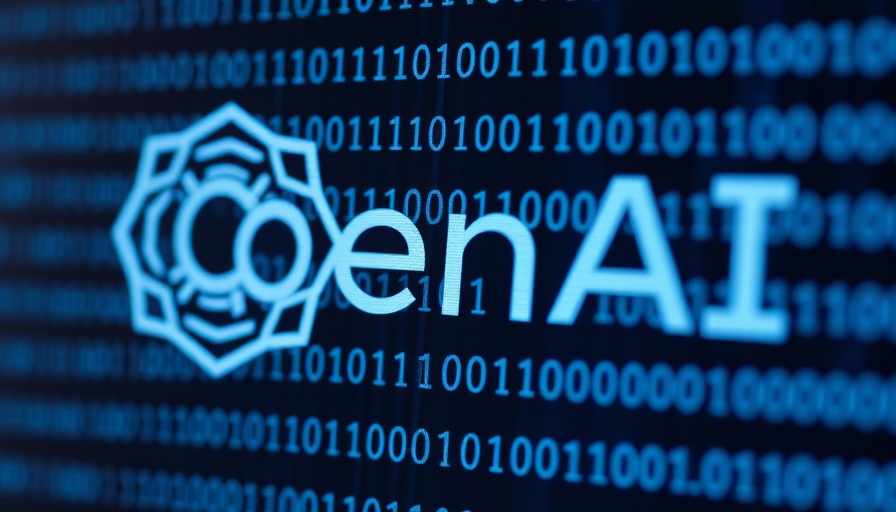
OpenAI's Revolutionary Leap in Image Generation
OpenAI's announcement this week reveals a striking evolution in its image generation capabilities, as the infamous ChatGPT now incorporates a native image generator. This new feature has attracted massive attention due to its stunning ability to create illustrations reminiscent of Studio Ghibli's imaginative worlds. What's more, the upgrade includes enhanced features for picture editing, text rendering, and spatial representation, significantly expanding the tool's creative potential.
Shifting Perspectives on Content Moderation
Perhaps the most notable shift is the relaxation of OpenAI's once-stringent content moderation policies. Previously, the company refrained from generating images depicting public figures or controversial symbols. However, in a strategic move that reflects a shift in social norms and feedback from users, OpenAI is now embracing a more nuanced approach. Joanne Jang, OpenAI's model behavior lead, outlines this change by stating, “We’re shifting from blanket refusals in sensitive areas to a more precise approach focused on preventing real-world harm.” This pivot opens doors for users to request depictions of figures like Donald Trump or Elon Musk with a simple query.
The Fine Line of Responsibility in AI
This trend towards “uncensoring” ChatGPT also speaks to a larger discussion about the responsibility of AI developers to balance innovation with sensitivity. By allowing even the generation of hateful symbols under educational contexts, OpenAI emphasizes its willingness to adapt as societal views evolve. The relaxed rules state that users can explore these controversial elements as long as they do not endorse extremist agendas. This could potentially lead to educational discussions surrounding symbols of hate within safe contexts, but it also complicates the moral landscape AI companies must navigate.
Revisiting Offensive Content Definitions
Under the revised policy, the definitions of what constitutes offensive content are undergoing significant changes. Previously avoided prompts, like altering physical characteristics—such as “make this person’s eyes look more Asian”—are now permissible. Such drastic shifts rekindle debates over racial sensitivities and the ethics of representation in AI-generated content. With ChatGPT’s modified functionalities, a platform for generating diverse perspectives is unfolding, but it also carries the risk of reinforcing stereotypes if not managed carefully.
Artistic Representation and Copyright Concerns
While the new image generator can imitate the general styles of renowned creative studios like Pixar, it remains prohibited from closely imitating the work of individual artists. This outlines the ongoing tensions in copyright law as it intersects with AI technology. Questions around intellectual property rights are looming as the lines between inspiration and infringement blur further within AI training datasets. The stakes are high—not only creative industries may feel the impact. Users will have to weigh the benefits of such tools against the potential for exacerbating legal challenges.
The Road Ahead: Balancing Innovation with Caution
Despite the major changes, OpenAI reassures users that it maintains stricter safeguards in certain areas, including images of children—suggesting a measured approach rather than a reckless abandonment of control. As technology increasingly integrates into our daily lives, the dual challenge of pushing boundaries while protecting individuals remains a central focus for developers.
The Cultural Debate Surrounding AI Innovations
This shift reflects a growing unrest in Silicon Valley, where accusations of AI “censorship” have provoked wider conversations about freedom of expression versus the potential for real-world harm. Technology firms must navigate these sensitive waters with care. As tech-related discussions continue to reverberate through society, solutions must include thoughtful considerations of cultural implications.
Taking Action in the Age of AI
As consumers, we must stay informed and engaged with these developments. By understanding the nuances of AI policies like those from OpenAI, we can better advocate for responsible innovation that respects personal dignity while embracing artistic freedom. Let's be part of the dialogue and help mold the future landscape of technology.
 Add Row
Add Row  Add
Add 



Write A Comment